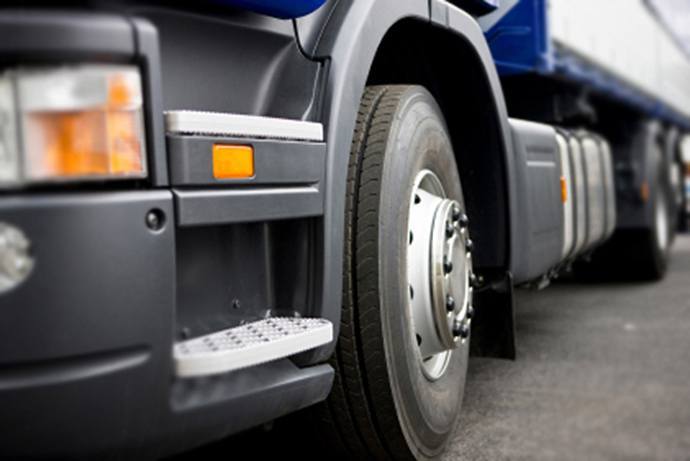Of the eight cyclists killed on London’s roads this year, seven were struck by lorries. These deaths and many others might have been avoided had Britain’s first Safer Lorry Scheme been introduced sooner. Following many years of lobbying by campaigners, the London Assembly called on the mayor of London in 2008 to protect cyclists in the capital by ensuring all lorries be fitted with safety mirrors. They envisaged that all lorries built would be equipped with EU-standard safety mirrors from 2009.

From this week HGVs without safety equipment to protect pedestrians and cyclists are banned throughout Greater London from today under Britain’s first “Safer Lorry Scheme”.
Danger lorries
Vehicles of more than 3.5 tons entering London must now be fitted with side guards to protect cyclists from being dragged under the wheels in the event of a collision. They must also be fitted with Class V and Class VI mirrors to give the driver a better view of vulnerable road users. The fine for each breach of the ban is £1000. Repeat offenders are to be referred to the Traffic Commissioner responsible for the licensing and regulation of HGV operators.
A nationwide application of the safer lorry scheme must now follow swiftly.
At the launch of the ban on danger lorries, the Mayor hinted at some of the reasons for the delay in its implementation: “We are ahead of any other part of the UK in closing the legal loopholes that allowed many HGVs to operate without basic safety equipment…we have, from this morning, begun vigorous enforcement action against the laggards. A very disproportionate share of cyclist deaths and serious injuries are caused by lorries, and today’s scheme will undoubtedly save lives.
The new regulations are likely to be strengthened by a requirement for bigger side windows in the lower panel of the cab door.
Building trade HGVs
Many of the most dangerous vehicles are construction-related. For future major construction projects, GLA planning powers will be used to strictly prescribe the routes which HGVs serving them can follow – requiring, for instance, that they avoid a road heavily used by cyclists or take a route that minimises the number of left turns, the most dangerous manoeuvre. Discussions with the London boroughs and the construction industry have already started to ensure that this happens as fast as possible.
The Safer Lorry Scheme covers every road in Greater London, except motorways, and will operate 24 hours a day, seven days a week. The maximum fine for each breach of the ban will be £1000. Repeat offenders may also be referred to the relevant Traffic Commissioner, who is responsible for the licensing and regulation of HGV operators.
According to the London Cycling Campaign, 40 per cent of cycling deaths involving lorries occur in the morning rush hour. A ban on all lorries over 7.5 tons between 8 and 9.30am would prevent the majority of people who cycle to work from having to share space with lorries. Some cities such as Paris and Dublin have restrictions on large lorries at particular times, but these bans do not cover the size of lorry typically involved in cyclist injuries. HGVs serving the building trade, such as skip lorries, pose the biggest risk to cyclists in London. Any rush hour ban in London, where over one quarter of Britain’s building development is currently taking place, must not exempt construction traffic.
The ethical choice
The ETA was established in 1990 as an ethical provider of green, reliable travel services. Over 30 years on, we continue to offer cycle insurance , breakdown cover and mobility scooter insurance while putting concern for the environment at the heart of all we do.
The Good Shopping Guide judges us to be the UK’s most ethical provider.

Mary Fisher
… but drivers have to look in their mirrors, how can that be enforced?